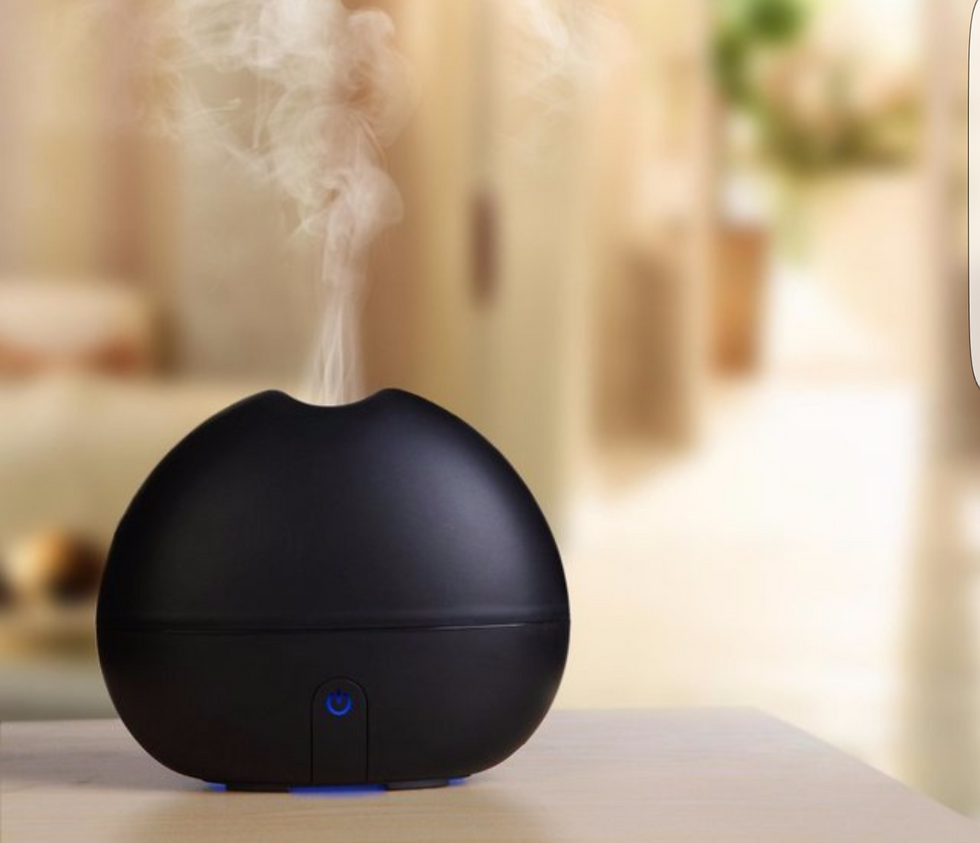Ah...duh
- Trina Roberts, CHC, MH

- Jun 1, 2017
- 3 min read
We all know that NOT drinking water is dangerous. Come on...our body is made up of at least 75% of this magical stuff. Every organ needs it to operate properly. So, why aren't we drinking this stuff up. Well, it's just not the best taste sometimes. Unless, it's ice cold or infused with some fresh watermelon or strawberries. Anywho, we need to drink this stuff. There are so many things that can happen when we don't so here we go...
The Dangers of Dehydration
Water not only carries nutrients throughout the body via the circulatory system, but it also performs other critical functions like removing bacteria and waste from the digestive system, hydrating the skin so it can sweat (and, therefore, help to reduce core temperature during exertion), reduce joint pain, elevate mood, reduce some types of headaches, increase performance, and decrease hunger.
If you’re feeling thirsty or your mouth is dry, you’re already a little dehydrated. Most people spend the day in a state of mild dehydration, which can lead to headaches, tiredness and fatigue, dizziness, and dry skin. Severe dehydration brings on mental confusion, extreme weakness, and even death.
Working out while being dehydrated forces your heart to pump harder than it needs to. In addition, your limbs will probably feel heavy and weak, and you might suffer from dizzy spells. Time to take a water break!
Stay Hydrated All Day—Not Just Before or After Exercise
The best way to stay hydrated while engaging in any type of exercise program is to drink enough water throughout the day. This will keep you on a more even keel and prevent the bloating and cramping that downing a lot of water right before or right after a vigorous workout can produce. Highly active people should be glugging three liters of water a day, even on days they don’t work out.
Five Strategies for All-Day Hydration
Avoid coffee, tea, and soda. Each of these drinks has a diuretic effect. Not only will you have to take more bathroom breaks when drinking these liquids, but you’ll then have to replace the fluids you’ve lost. If you replace the fluids with more coffee, tea, or soda, you’ll be perpetuating a vicious cycle.
Keep a water bottle with you at all times. You won’t always be near a drinking fountain, so having water handy parches thirst immediately. In addition, constantly sipping on water keeps your bladder saturated, which actually reduces the number of bathroom breaks you’ll need to take. Picture your bladder as a sponge and imagine how water runs off a completely dry sponge before it begins being able to absorb the liquid. A saturated bladder will be able to hold onto more fluid for longer than a dry bladder can.
Flavor your water. Flavoring water usually encourages people to drink more water more often. Avoid sugary flavorings and instead go for naturally flavored H2O by tossing lemon slices, cucumber slices, mint or basil leaves, or chopped fruit into your bottle or water pitcher.
Eat more fiber. Fiber (both soluble and insoluble) is important for digestive health. It moves food through the intestines and helps to scrub out bad bacteria and maintain a healthy gut. Lack of fiber can lead to constipation, and constipation can lead to more pressure on your bladder, which leads to more frequent urination and quicker dehydration.
Replace lost electrolytes during times of intense exercise or prolonged heavy sweating. Electrolytes are responsible for maintaining the right balance of fluids in your body. You lose electrolytes during periods of heavy exertion and sweating, and it doesn’t hurt to give your body a little boost with a quality electrolyte replenishing product after a vigorous workout. Electrolyte-replenishing drinks also contain lots of water, so you’re still working to stay hydrated.
Don’t try to hydrate only when you are exercising. Staying hydrated all day long is the key to optimal bodily function. You’ll feel better, stronger, and more awake if you focus on keeping yourself hydrated 24 hours a day.




Comments